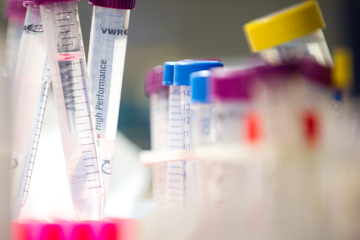PhD Studentship
Developing a novel model to assess the specificity of appetite-reducing agents

At a glance
Completed
Award date
October 2012 - September 2015
Grant amount
£90,000
Principal investigator
Dr Kevin Murphy
Institute
Imperial College London
R
- Reduction
Read the abstract
View the grant profile on GtR
